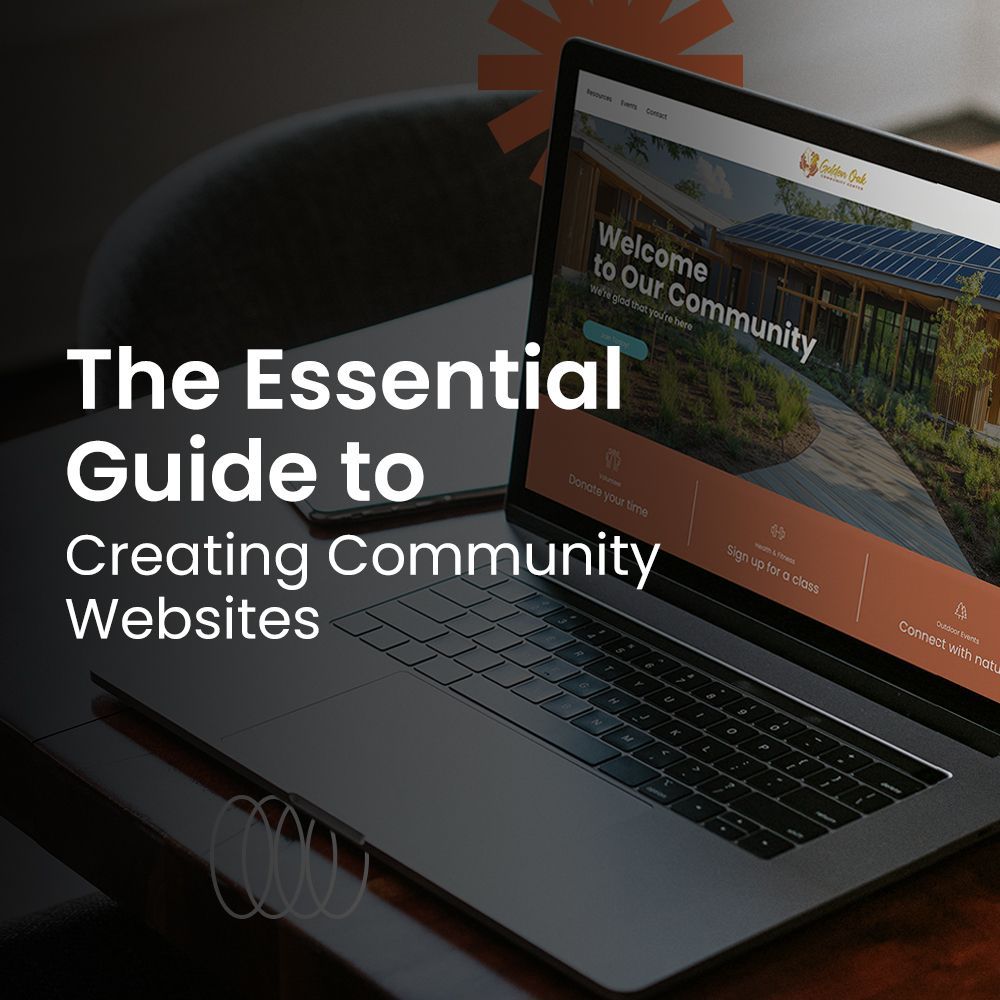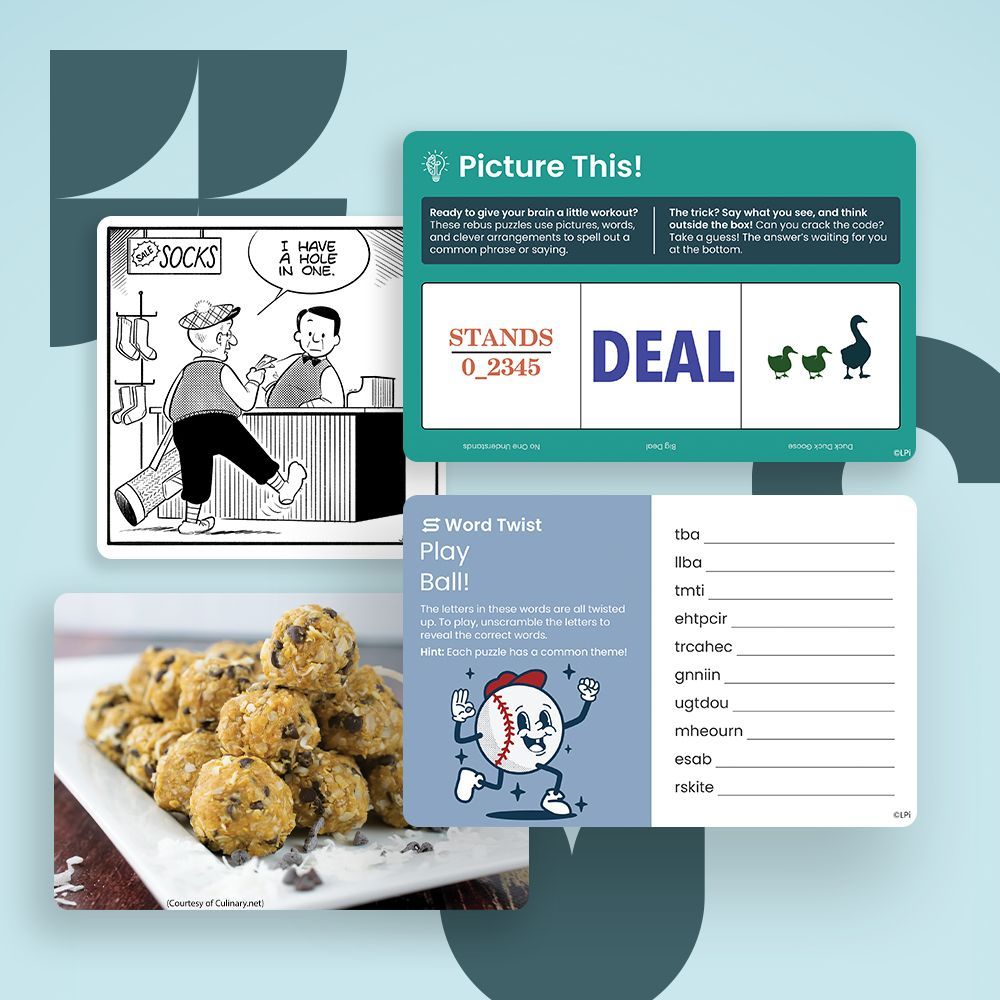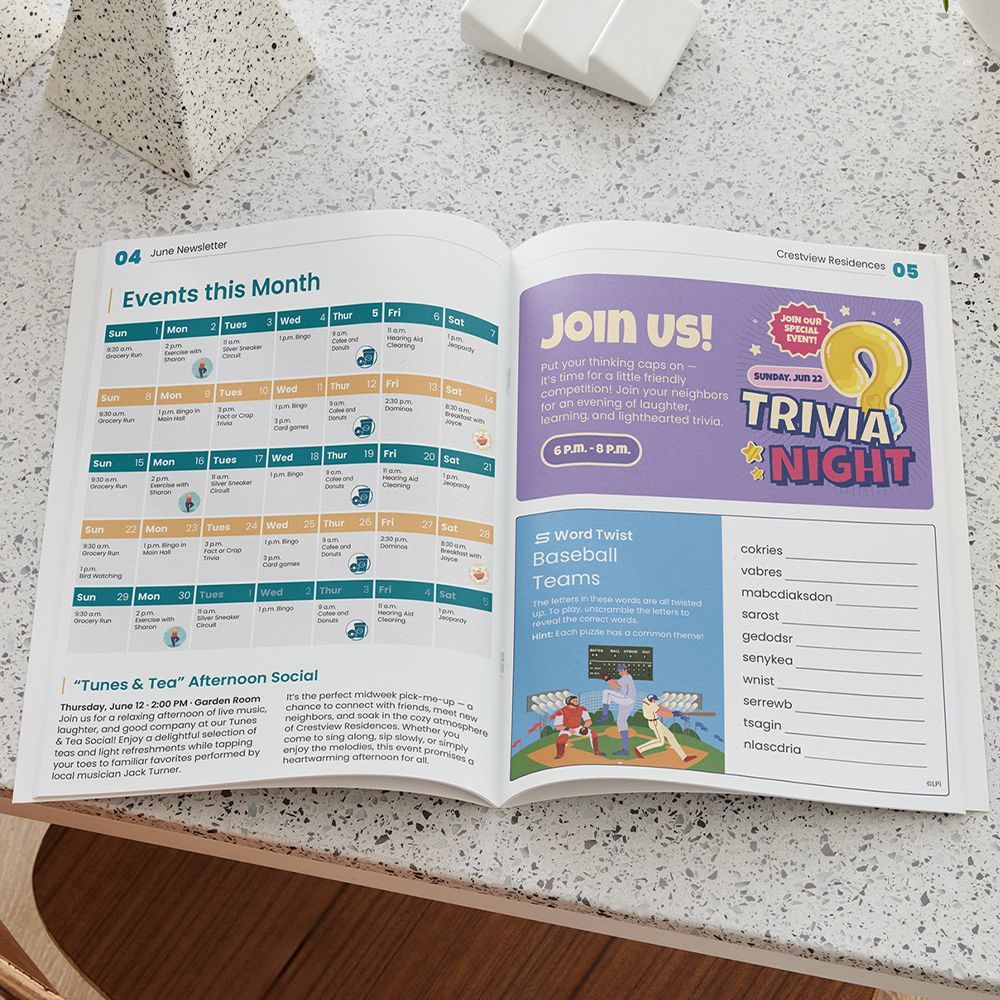ADA Compliance: What You Need to Know for Your Newsletter

If your organization publishes a community newsletter or is planning to start one, it’s essential to understand the requirements of the Americans with Disabilities Act (ADA). You’ll need to learn how the ADA applies to your organization’s communications, whether printed, emailed, or shared on your website, and the importance of complying with this law.
ADA Compliance in Communication
Most people associate the Americans with Disabilities Act with physical accessibility, such as making sure aisles are wide enough for wheelchairs and public sidewalks are barrier free for those who use other mobility aids. In reality, the ADA is much more than that. It is a civil rights law designed to ensure people with disabilities have equal access in all areas of public life!
When it was first passed in 1990, the ADA originally focused on physical spaces. Today, however, accessibility isn’t just about parking spots and elevators. It’s also about ensuring that digital and print materials are easy to read, navigate, and understand for everyone, including people with visual, hearing, cognitive, and motor impairments. This is why the ADA Amendments Act was passed in 2008, expanding the law to encompass communications and digital content, such as websites, emails, and PDFs.
Making your newsletter ADA-compliant shows that your organization celebrates the spirit of this meaningful law and is committed to reaching all members of your community.
7 Key Elements of ADA-Compliant Newsletters
For a community newsletter, ADA compliance means ensuring that your content can be accessed, read, and understood by people with disabilities. That includes both digital and print formats. A newsletter that isn’t accessible may unintentionally exclude part of your audience and could potentially violate federal regulations. This is especially notable if your organization receives government funding or serves the public.
Here are the most important components to consider when creating an ADA-compliant newsletter:
1. Use Clear, Readable Fonts
Choose fonts that are easy to read, such as Arial, Verdana, or Calibri. Avoid overly decorative or script-style fonts that are tough on the eye. Also, use a minimum font size of 12 points for online text and 14 points for print newsletters.
2. Maintain High Contrast
Ensure there’s a strong contrast between text and background. Black text on a white background is ideal. Avoid light-gray text, busy backgrounds, and low-contrast color combinations, which can be hard to read for those with visual impairments.
3. Add Alt Text to Images
If your digital newsletter includes images, use what is known as alt text (alternative text) to describe them. This helps screen readers convey the content of the image to users who are blind or have low vision. Keep the descriptions concise and relevant.
Example:
Instead of: image123.jpg
Use: Photo of seniors participating in a chair yoga class at the center.
4. Use Headings and Structure
Break up your content with frequent, clear headings (like “Upcoming Events” or “Health Tips”). This not only helps all readers scan content more easily but also allows screen readers to navigate the text logically.
In digital formats, use proper heading styles (like H1, H2, etc.) instead of simply bolding or enlarging the text.
5. Make Links Descriptive
Avoid using links with vague text, like “click here.” Instead, use descriptive language that tells the reader what the link is for.
Example:
Instead of: Click here for more info.
Use: Read our full August activity schedule.
6. Accessible PDF Design
If you distribute your newsletter as a PDF, make sure it’s an accessible PDF. That means:
- Text is selectable (not scanned images)
- Reading order is logical
- Headings, lists, and tables are properly tagged
- Images have alt text
- Document title and language settings are included
Accessible PDFs can be created using tools like Adobe Acrobat Pro or by applying proper
formatting in Microsoft Word before converting to a PDF.
7. Offer Alternative Formats
Consider providing your newsletter in multiple formats, such as:
- Large-print versions
- Audio recordings
- Plain text or HTML versions
- Braille (if needed for your audience)
Providing choices ensures everyone can access the information in the way that works best for them.
Why ADA Compliance Matters
Finally, there are many reasons to take ADA compliance seriously, but it’s especially important because of:
- Legal Obligations: Organizations like senior centers, nonprofits, and public agencies are often required to follow ADA standards. Failure to comply can result in legal complaints or penalties.
- Inclusivity: Accessible content ensures everyone in your community — including those with vision loss, hearing impairments, or learning disabilities — can stay informed and connected.
- Reputation and Trust: Demonstrating a commitment to accessibility builds trust with your audience and shows you care about meeting the needs of all members.
We hope this information helps you better understand your ADA compliance obligations.
Tips for Designing Accessible Newsletters for Senior Readers is another good resource with ideas for improving both the appearance and the readability of your newsletter.
LPi Newsletters are ADA-Compliant
If you want help meeting ADA standards while publishing your print and digital newsletter, LPi offers a free, custom newsletter template that is already ADA-compliant! We pride ourselves on working together to help you accomplish your mission while reaching people of all abilities with your message. Learn more about how to partner with LPi for an ad-supported newsletter.




